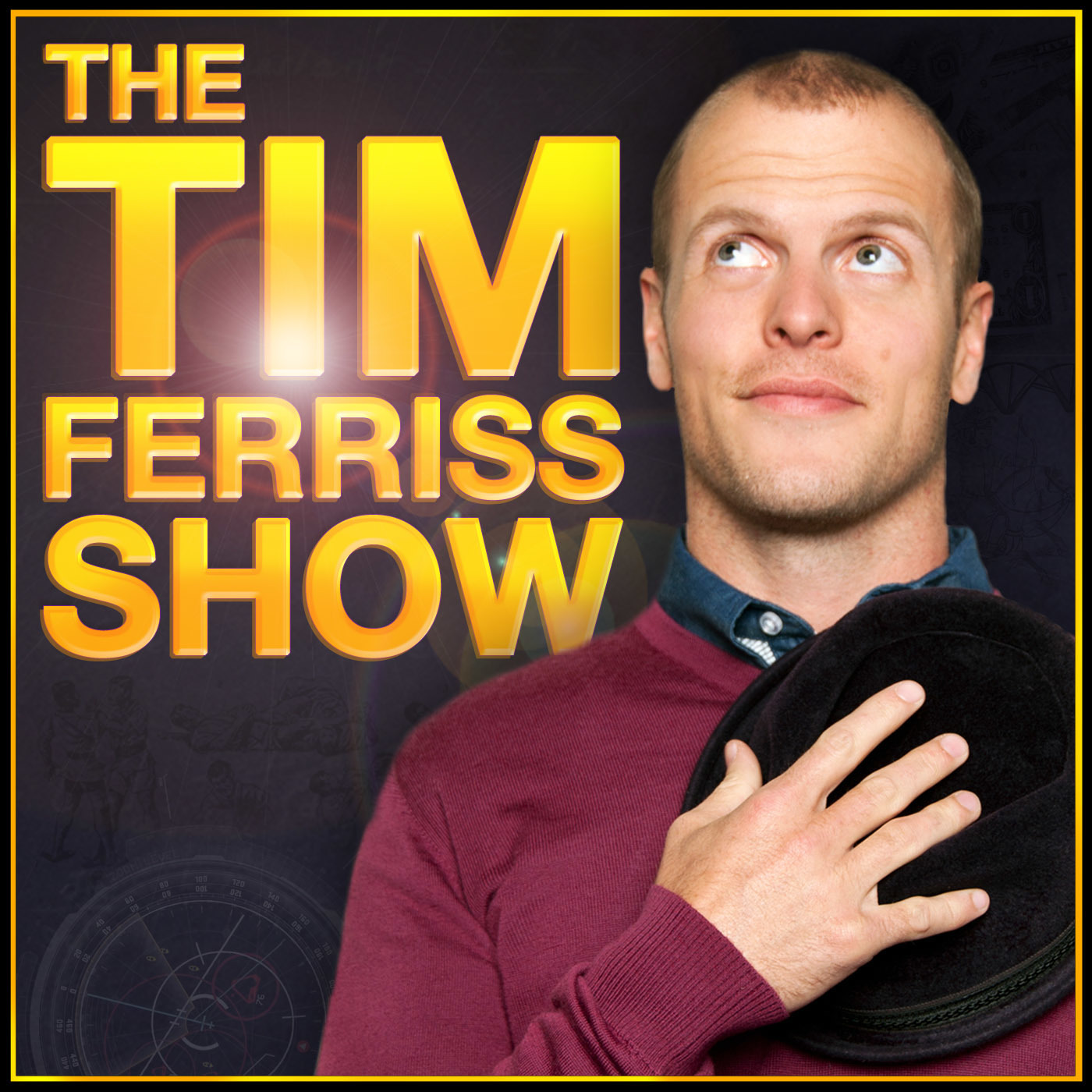
February 5, 2025 • 3hr 23min
#794: Brandon Sanderson on Building a Fiction Empire, Creating $40M+ Kickstarter Campaigns, Unbreakable Habits, The Art of World-Building, and The Science of Magic Systems
The Tim Ferriss Show

Key Takeaways
- Brandon Sanderson's writing process involves writing 2,000-2,500 new words per day, with about one-third of his time spent on revisions
- Test readers and feedback are crucial - he uses 25-100 beta readers and has his editorial team distill their feedback into the most relevant points
- Magic systems should have clear rules and limitations that are well understood by readers for satisfying plot resolutions
- Building a sustainable career requires thinking entrepreneurially about publishing, direct sales, and maintaining creative control
- The record-breaking Kickstarter campaign ($41+ million) succeeded by creating "escape velocity of attention" and offering tiered product options
Introduction
Brandon Sanderson is a #1 New York Times bestselling author who has sold over 40 million books in 35 languages. He is known for series like Mistborn and The Stormlight Archive, as well as completing Robert Jordan's Wheel of Time series. This episode explores his writing process, career development, approach to magic systems, and business innovations in publishing.
Topics Discussed
Early Writing Journey (11:21)
Before selling his first book, Sanderson wrote 13 novels, following advice that "your first five books are generally terrible." He deliberately didn't submit his first five books anywhere, using them as practice.
- Wrote in different subgenres to explore his interests: epic fantasy, comedic fantasy, cyberpunk, space opera
- Breakthrough came with his 6th book Elantris, though it didn't sell until after he'd written his 13th book
- First book deal was for $10,000 spread across three years
Writing Process and Schedule (1:09:42)
Sanderson maintains a consistent daily writing schedule that allows for both productivity and family time:
- Two main writing blocks: 2-6 PM and 11 PM-3 AM
- Family time is strictly protected from 6:30-10:30 PM
- Goal of 2,000-2,500 words of new content per day
- Writes from different locations including home office, gazebo, and various spots around his property
Magic Systems and Worldbuilding (2:52:29)
Sanderson is known for his detailed, rule-based magic systems. He approaches them as new branches of physics or science in his fictional worlds.
- Hard vs. Soft Magic Systems:
- Hard magic has clear rules readers understand (like Mistborn's metal-based powers)
- Soft magic maintains mystery (like Gandalf's powers in Lord of the Rings)
- Sanderson's Three Laws of Magic:
- Author's ability to solve problems with magic is proportional to reader understanding
- Limitations are more interesting than powers
- Expand existing magic system elements before adding new ones
The Record-Breaking Kickstarter (1:42:50)
During COVID-19, Sanderson secretly wrote four extra novels and launched a Kickstarter campaign that broke records:
- Total raised: $41.7 million ($45 million including add-ons)
- Most successful tiers: Premium hardcover editions with monthly "swag boxes"
- Key success factors:
- Surprise reveal through clever marketing video
- Multiple price points and product options
- Strong existing fan base and brand
Publishing Industry Evolution (1:26:34)
Sanderson discusses how the publishing industry has changed and his response to it:
- Amazon's growing influence led him to develop direct-to-consumer channels
- Traditional publishing limitations prompted creation of his own company
- Innovation in special editions and merchandise through direct sales
Conclusion
Brandon Sanderson's success comes from combining creative excellence with business innovation. His systematic approach to writing, world-building, and career development demonstrates how authors can maintain creative control while building a sustainable business in today's publishing landscape. His record-breaking Kickstarter campaign shows the potential for direct-to-consumer models in publishing when combined with strong brand building and customer engagement.